After solid training at the School of Applied Arts and the École des Beaux Arts, Claude Vallet worked in 1947 for advertising companies to which he provided numerous projects. His teacher was André Auclair (painter, ceramist and tapestry maker), teaching at the Beaux-Arts workshops, boulevard de Montparnasse. But it is to Jean Lombard and Jean Marzelle that he owes his pictorial orientation, heir to the softened cubism of André Lhote. He then became friends with painters of his generation such as Manessier, Bazaine and Baboulène. In the 1950s he left for the south of France; he settled in Revest near Toulon where he drew some of his inspiration. He then focused his research on the construction of space in accordance with the light and colors of the south, fascinated by the mineral landscape of the Provencal mountains. He participated in numerous exhibitions, received the second Charles Pacquement prize at the Musée d'Art Moderne de la Ville de Paris at the Palais de Tokyo in 1956, exhibited regularly at the Salon d'Automne and at the Salon des Champs-Élysées, he participated in many numerous exhibitions in Toulon at the Salon de la Peinture et de la Sculpture with Baboulène, Fusaro and Guerrier, at the Transposition gallery with Lily Massson and Jean Bordes (1969), and at the Chaillot-Galliera Cultural Center, avenue Georges V, Paris.






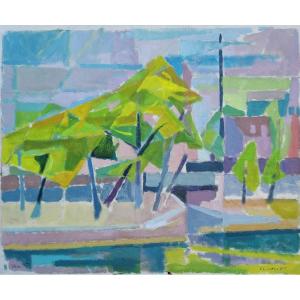




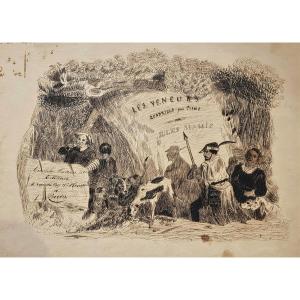

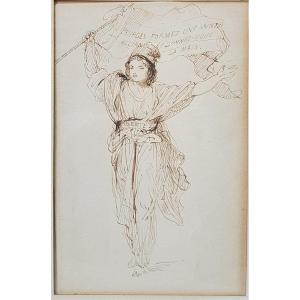



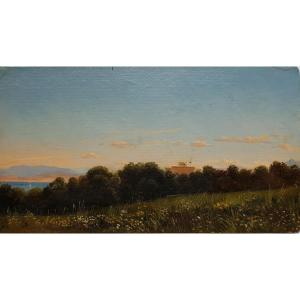
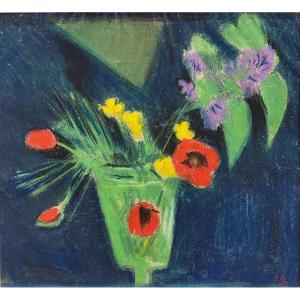


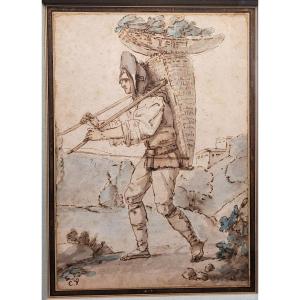
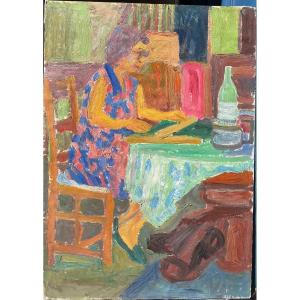



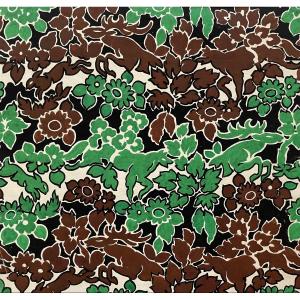
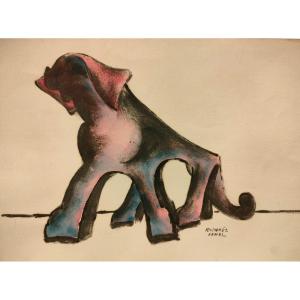
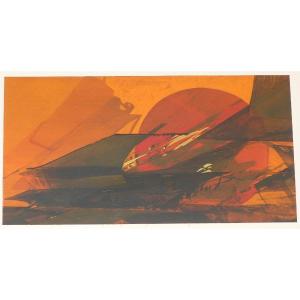

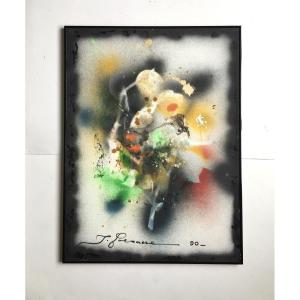



 Le Magazine de PROANTIC
Le Magazine de PROANTIC TRÉSORS Magazine
TRÉSORS Magazine Rivista Artiquariato
Rivista Artiquariato